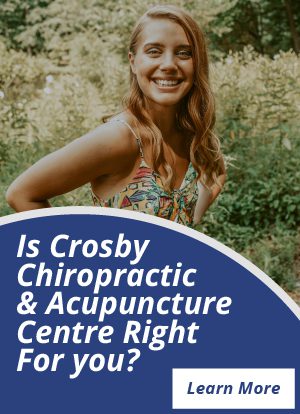Scoliosis is defined as a lateral (sideways) curvature of the spine. Although scoliosis can begin at any age,
it is most commonly identified in adolescents between 10 and 15 years of age. Girls are more commonly
affected than boys. Because scoliosis can be inherited, a trained professional should definitely evaluate
children whose parents or siblings are affected by it.
In more than 80 percent of cases, the cause of scoliotic curvatures is unknown. This is called idiopathic
scoliosis. In other cases, trauma, neurological disease, tumors, and the like are responsible. Functional
scoliosis is often caused by some postural problem, muscle spasm, or leg-length inequality, which can
often be improved with chiropractic care. Structural scoliosis does not reduce with postural maneuvers.
Either type can be idiopathic or have an underlying cause.
Eighty percent of people with scoliosis have curves of less than 20 degrees, which are usually not
detectable to the untrained eye. Research has shown that the scoliosis screenings done in schools are
not sensitive enough to detect these curves. In growing children and adolescents, mild curvatures can
worsen quite rapidly-by 10 degrees or more-in a few months. Therefore, frequent checkups are often
necessary for this age group.
The medical community does not offer treatment for spinal curves of less than 20 degrees, and indeed
often do not even consider such variance as scoliosis. There are generally three treatment options for
scoliosis – observation, bracing, and surgery. Bracing is reserved for children who have not reached
skeletal maturity and have curves between 25 and 45 degrees. Surgery is used in the cases where the
curves are greater than 45 degrees and progressive; or when the scoliosis affects the function of the
heart, lungs, or other vital organs.
Chiropractic offers a more proactive, early-intervention approach to scoliosis care. Researchers at Life
College of Chiropractic West were studying the effects of chiropractic adjustments, heel-lifts, and
postural counseling on children 9-15 years old with mild idiopathic scoliosis (less than 20 degrees of
curvature, with no complicating conditions). While the researchers assert that many questions remain to
be answered about chiropractic care and scoliosis, they note: "Chiropractic appears to offer a distinct
advantage in the management and monitoring of early-stage scoliosis."
For more information, contact Dr. Wendy at haydenhealth@gmail.com.
